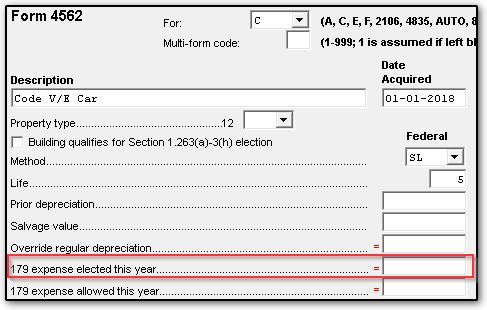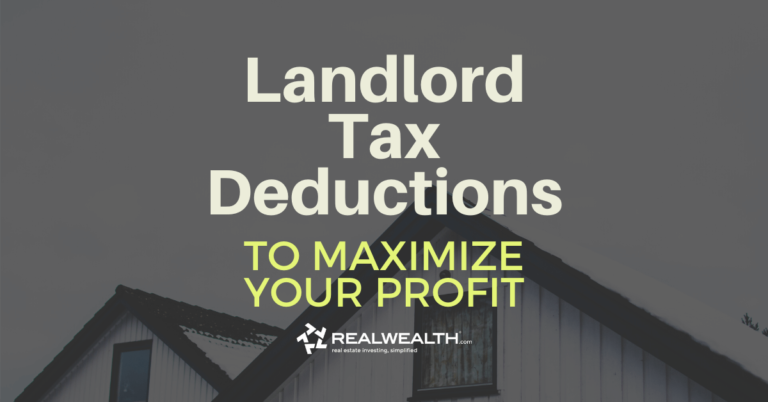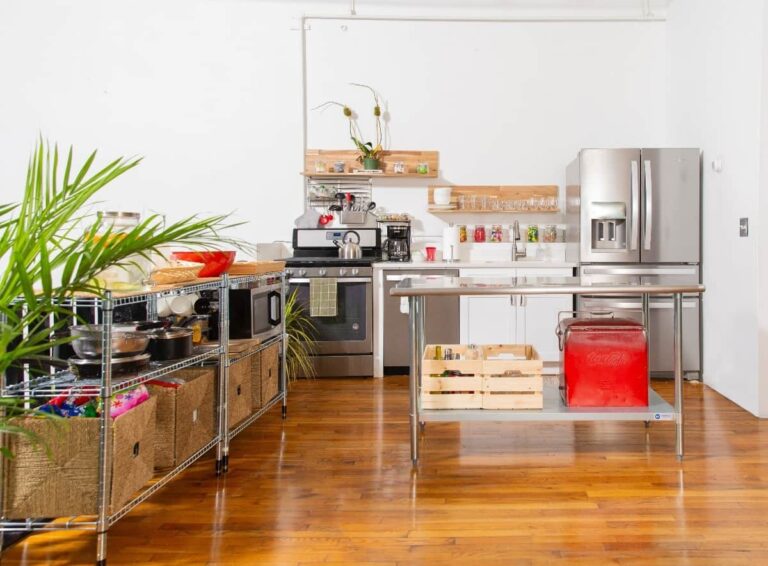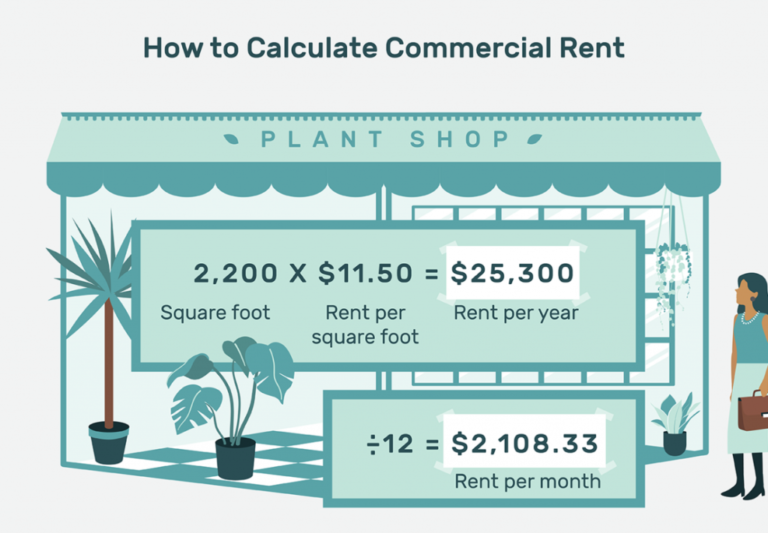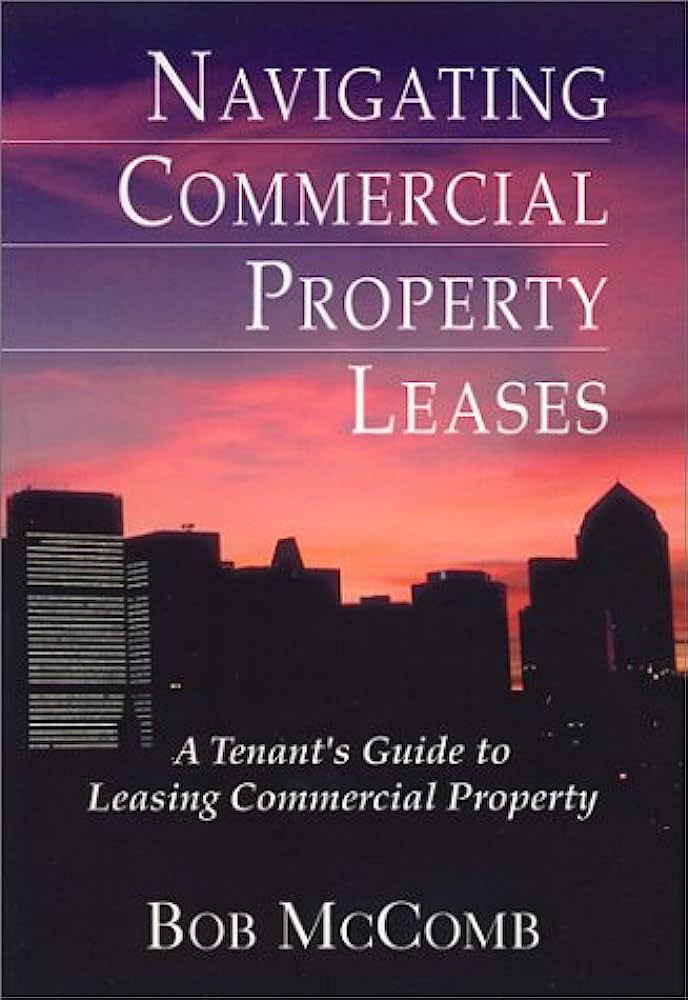Are Retailers Looking For Flex Spaces?
Are retailers on the hunt for flex spaces? You betcha! In today’s ever-changing business landscape, retailers are constantly seeking innovative ways to adapt and thrive. And that’s where flex spaces come into play. These versatile environments offer retailers the flexibility they need to stay ahead of the game.
Gone are the days of traditional brick-and-mortar stores being the be-all and end-all for retailers. With the rise of e-commerce and changing consumer preferences, retailers are realizing the importance of having a flexible physical presence. Flex spaces provide the perfect solution, offering a blend of online and offline experiences that cater to the needs of modern shoppers.
Picture this: a retailer sets up shop in a trendy flex space located in the heart of a bustling city. The space is not only a store but also a showroom, a pop-up event venue, and a co-working space for local entrepreneurs. It’s a hub of activity, drawing in a diverse range of customers and creating a buzz that traditional stores simply can’t replicate.
So, why are retailers flocking to flex spaces? Well, it’s all about adaptability. With a flex space, retailers can quickly respond to changing market trends and consumer demands. They have the freedom to switch up their offerings, experiment with new concepts, and create unique experiences that keep customers coming back for more.
But it’s not just about being flexible. Flex spaces also offer retailers cost-saving advantages. Instead of investing in a large, permanent storefront, they can opt for a smaller
Flex spaces have become increasingly popular among retailers. These versatile spaces provide retailers with the flexibility to adapt their operations according to changing consumer demands. Retailers are looking for flex spaces because they offer the opportunity to experiment with different store formats, accommodate seasonal variations in inventory, and optimize space utilization. Additionally, flex spaces allow retailers to quickly respond to market trends and seize new business opportunities. Overall, retailers see flex spaces as a strategic investment to enhance their agility and stay competitive in today’s dynamic retail landscape.
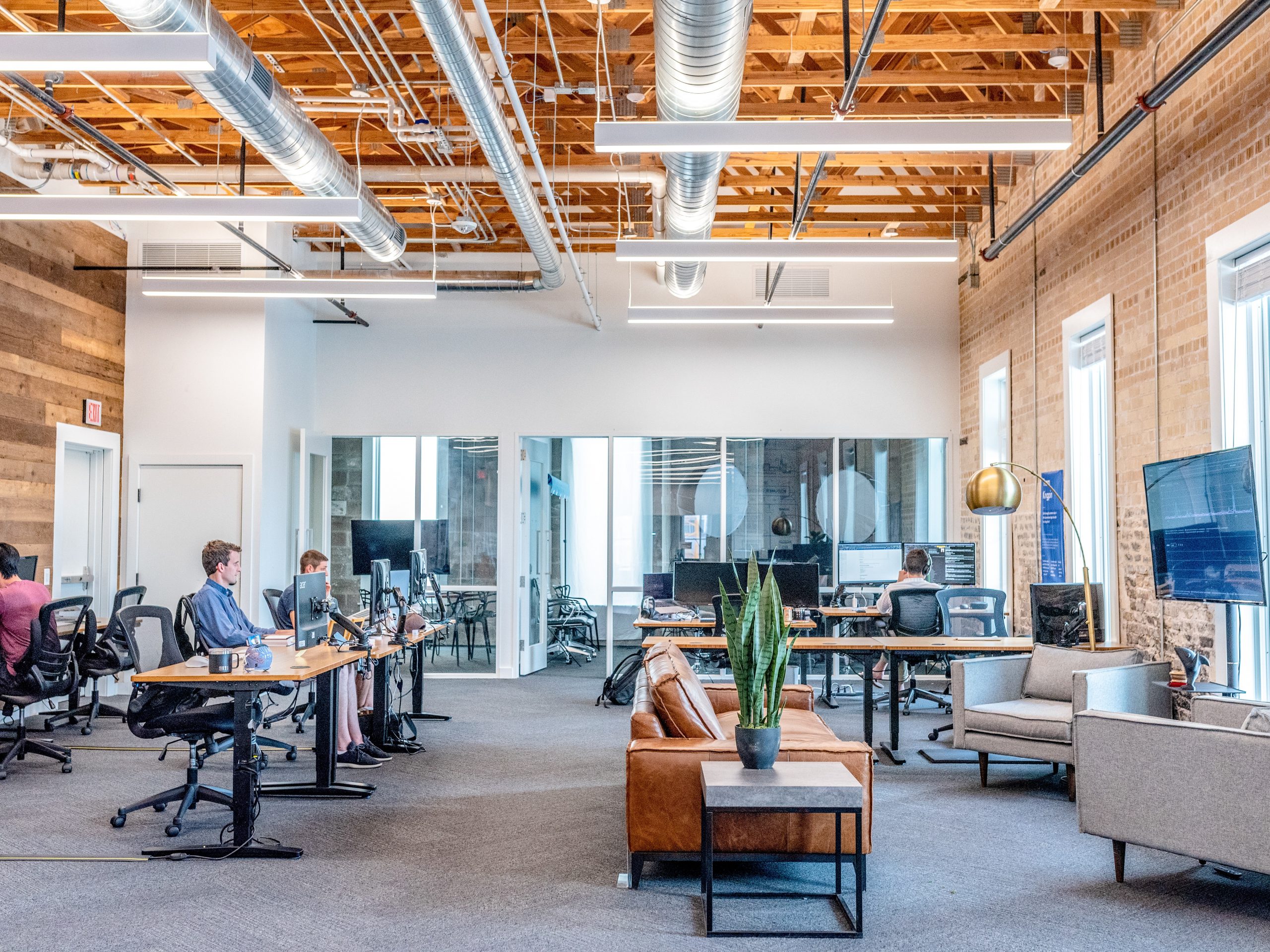
Are Retailers Looking for Flex Spaces?
The retail industry is constantly evolving, and retailers are always on the lookout for new ways to adapt and thrive in the ever-changing market. One trend that has gained significant attention in recent years is the concept of flex spaces. These flexible retail spaces offer a range of benefits and opportunities for retailers, and many are now exploring this option as a way to enhance their business strategies.
Flex spaces, also known as pop-up shops or temporary retail spaces, are versatile and adaptable locations that allow retailers to set up shop for a short period of time. These spaces can be found in various settings, such as shopping malls, vacant storefronts, or even outdoor areas. Retailers can customize these spaces to match their brand and create unique shopping experiences for their customers.
The Benefits of Flex Spaces for Retailers
Flex spaces offer several advantages for retailers looking to expand their business or experiment with new concepts. Firstly, these spaces provide a cost-effective solution compared to traditional brick-and-mortar stores. Renting a flex space for a short period can be more affordable than committing to a long-term lease, allowing retailers to test new markets or products without a significant financial burden.
Additionally, flex spaces offer retailers the opportunity to reach a wider audience. By setting up shop in different locations or during specific events, retailers can attract new customers who may not typically visit their permanent stores. This increased visibility can generate buzz and excitement around the brand, leading to increased sales and brand recognition.
Another benefit of flex spaces is the ability to create unique and memorable experiences for customers. These spaces can be designed to reflect the brand’s personality and values, allowing retailers to engage with their target audience in a more immersive way. Retailers can experiment with innovative displays, interactive elements, or limited-edition products, creating a sense of exclusivity and urgency that drives customer interest.
Flex Spaces vs. Traditional Retail Stores
When comparing flex spaces to traditional retail stores, there are several key differences to consider. Firstly, flex spaces offer more flexibility in terms of location and timing. Retailers can strategically choose where and when to set up their temporary shops, allowing them to target specific markets or take advantage of seasonal trends.
In contrast, traditional retail stores are typically bound by long-term leases and fixed locations. While this provides stability and a consistent presence, it can also limit the retailer’s ability to adapt to changing market conditions or experiment with new concepts. Flex spaces provide the freedom to test different strategies and gauge customer response without a long-term commitment.
Another difference is the cost structure. Traditional retail stores often require significant upfront investments in rent, fixtures, and inventory. In contrast, flex spaces offer a more cost-effective option, allowing retailers to allocate their resources more efficiently. This flexibility can be particularly advantageous for small or independent retailers with limited budgets.
Tips for Retailers Considering Flex Spaces
If you’re a retailer considering the use of flex spaces, there are a few tips to keep in mind. Firstly, it’s important to carefully research and select the right location for your temporary shop. Consider factors such as foot traffic, target demographics, and the overall ambiance of the area. This will help ensure that your flex space is situated in a prime location to attract your desired customer base.
Secondly, make sure to create a cohesive and engaging brand experience within your flex space. As these spaces are temporary, it’s crucial to make a lasting impression on customers. Use eye-catching displays, interactive elements, and personalized customer service to create a memorable shopping experience that aligns with your brand identity.
Additionally, consider leveraging the power of social media and digital marketing to generate buzz and drive traffic to your flex space. Utilize platforms like Instagram, Facebook, and Twitter to share updates, behind-the-scenes content, and special promotions. This can help create a sense of urgency and exclusivity among your target audience, encouraging them to visit your temporary shop.
In conclusion, flex spaces offer retailers a unique opportunity to expand their business, reach new customers, and experiment with innovative concepts. By carefully considering the benefits, differences from traditional retail stores, and following the provided tips, retailers can effectively utilize flex spaces to enhance their brand presence and drive sales.
Key Takeaways: Are Retailers Looking for Flex Spaces?
- Retailers are increasingly interested in flex spaces that provide flexibility and adaptability.
- Flex spaces allow retailers to easily adjust their store layouts and configurations.
- Retailers are attracted to flex spaces because they can respond quickly to changing consumer demands.
- Flex spaces enable retailers to experiment with new concepts and pop-up stores.
- Retailers see flex spaces as a way to optimize their use of physical space and reduce costs.
Frequently Asked Questions
What are flex spaces and why are retailers interested in them?
Flex spaces refer to versatile commercial spaces that can be easily adapted and modified to meet the changing needs of businesses. These spaces typically feature open layouts, movable partitions, and flexible lease terms. Retailers are increasingly interested in flex spaces because they offer numerous benefits. Firstly, they provide the flexibility to expand or downsize the retail footprint based on market demand. This allows retailers to optimize their space utilization and reduce costs.
Furthermore, flex spaces often come with shared amenities such as parking lots, common areas, and conference rooms, which can help retailers save on infrastructure expenses. Additionally, these spaces are usually located in prime areas with high foot traffic, providing retailers with excellent visibility and access to a larger customer base. Overall, flex spaces offer the adaptability and cost-effectiveness that retailers are seeking in today’s dynamic market.
How do flex spaces support retailers in staying competitive?
In the fast-paced retail industry, staying competitive is crucial for success. Flex spaces play a significant role in supporting retailers in this endeavor. Firstly, these spaces allow retailers to quickly respond to changing consumer trends and preferences. With flexible layouts and lease terms, retailers can easily reconfigure their space to showcase new products or create engaging experiences for customers.
Moreover, flex spaces enable retailers to experiment with different store formats and concepts without the burden of long-term commitments. This flexibility empowers retailers to test new ideas, assess their viability, and make data-driven decisions to optimize their operations. By staying agile and adaptable, retailers can better meet the evolving needs of their customers and outperform their competitors.
What factors should retailers consider when choosing flex spaces?
When selecting a flex space, retailers should carefully evaluate several factors to ensure it aligns with their business goals. Firstly, location is crucial. Retailers should choose a flex space that is easily accessible, preferably in a high-traffic area with a target customer base. Proximity to other complementary businesses can also enhance the shopping experience and attract more customers.
Secondly, retailers should consider the amenities and infrastructure provided by the flex space. Shared facilities such as parking, restrooms, and common areas can significantly impact the convenience and overall experience for both retailers and customers. Additionally, retailers should assess the costs associated with leasing the flex space, including rent, utilities, and any additional fees.
Lastly, retailers should carefully review the lease terms and conditions, ensuring they offer the desired flexibility and scalability. It is important to have a clear understanding of lease renewal options, potential rent increases, and any restrictions that may limit the retailer’s ability to modify the space. Thoroughly considering these factors will help retailers make an informed decision and choose a flex space that best suits their needs.
How can retailers optimize their use of flex spaces?
To make the most of a flex space, retailers should implement effective strategies for optimization. Firstly, it is essential to regularly analyze customer data and market trends to identify opportunities for improvement. By understanding customer preferences and purchasing behavior, retailers can tailor their products, layout, and overall shopping experience to maximize sales.
Furthermore, retailers should leverage the flexibility of the space to regularly refresh their store design and merchandise displays. Keeping the retail environment dynamic and engaging can attract repeat customers and generate excitement. Additionally, retailers should actively collaborate with other businesses within the flex space to create cross-promotional opportunities and enhance overall foot traffic.
Lastly, implementing technology solutions such as inventory management systems and point-of-sale software can streamline operations and improve efficiency. By optimizing their use of flex spaces, retailers can create a competitive advantage, drive sales, and foster long-term success.
Are there any downsides to using flex spaces for retailers?
While flex spaces offer numerous advantages, there are also potential downsides that retailers should consider. One challenge is the limited control over the physical space. As flex spaces are typically shared with other businesses, retailers may have restrictions on modifying the overall layout or signage, which can limit brand customization.
Another consideration is the potential for increased competition within the flex space itself. Retailers may find themselves in close proximity to direct competitors, which can lead to price wars or diluted market share. Additionally, the flexibility of lease terms may come with higher rental costs compared to traditional long-term leases.
Lastly, retailers should carefully evaluate the reputation and management of the flex space provider. A well-run and reputable flex space can provide a supportive environment, while a poorly managed one may result in maintenance issues or inadequate amenities. It is crucial for retailers to thoroughly research and assess these potential downsides before committing to a flex space.
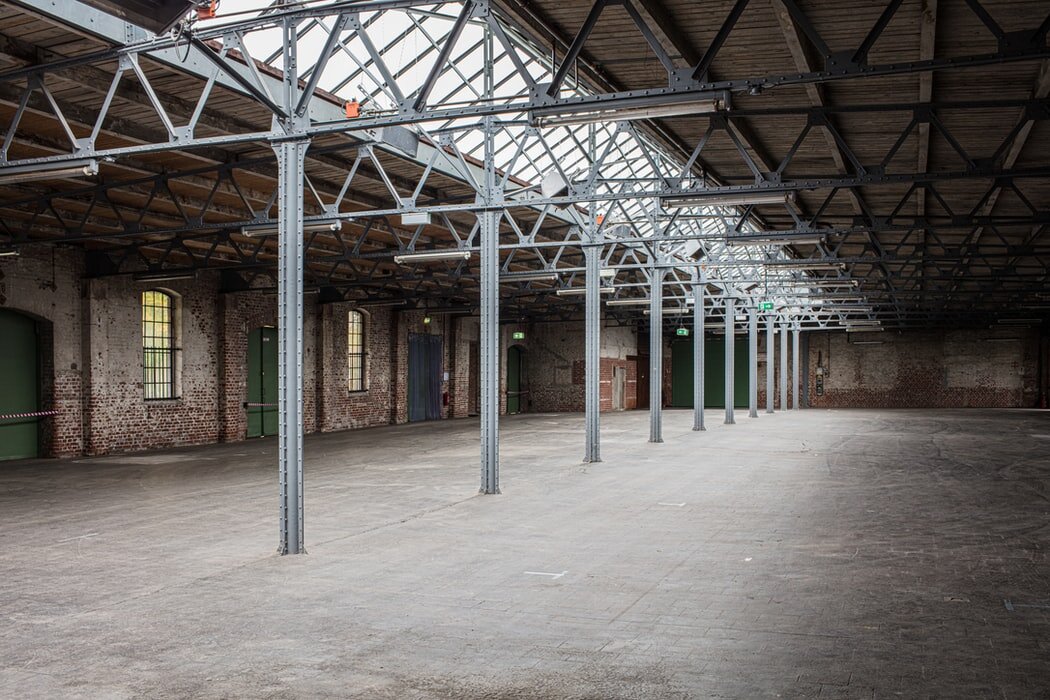
Final Summary: Are Retailers Embracing Flex Spaces?
In today’s ever-changing retail landscape, retailers are increasingly turning their attention to flex spaces as a means to adapt and thrive. These versatile spaces offer a myriad of benefits that traditional brick-and-mortar stores simply cannot match. From the flexibility to customize layouts and showcase products in unique ways to the ability to quickly respond to evolving consumer demands, flex spaces are becoming a hot commodity in the retail industry.
One of the key reasons why retailers are gravitating towards flex spaces is the opportunity to create immersive and experiential shopping environments. Gone are the days of static displays and mundane shopping experiences. Flex spaces allow retailers to curate dynamic and interactive spaces that captivate customers and create lasting impressions. From pop-up shops and concept stores to showroom-style setups, retailers can unleash their creativity and bring their brand stories to life in captivating ways.
Moreover, flex spaces offer a cost-effective solution for retailers, allowing them to optimize their operations and maximize their revenue potential. With the ability to easily adapt the layout and utilize space efficiently, retailers can minimize overhead costs and reduce the risk associated with long-term leases. This newfound agility enables retailers to quickly test new markets, experiment with different product offerings, and respond swiftly to changing consumer preferences. The flexibility and adaptability of flex spaces are proving to be invaluable assets in an industry that demands innovation and agility.
In conclusion, retailers are increasingly recognizing the value of flex spaces in today’s retail landscape




